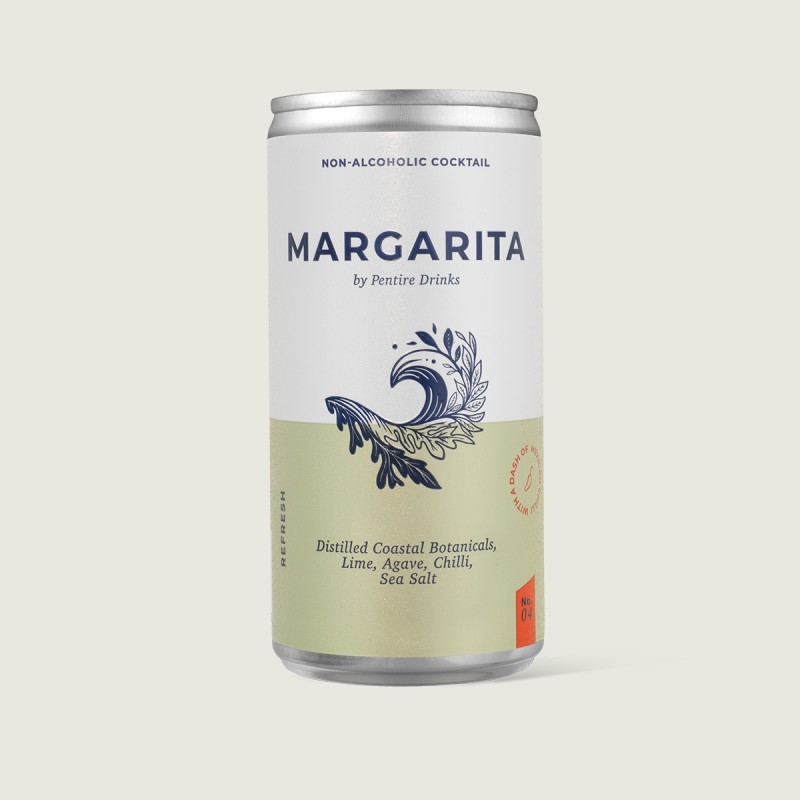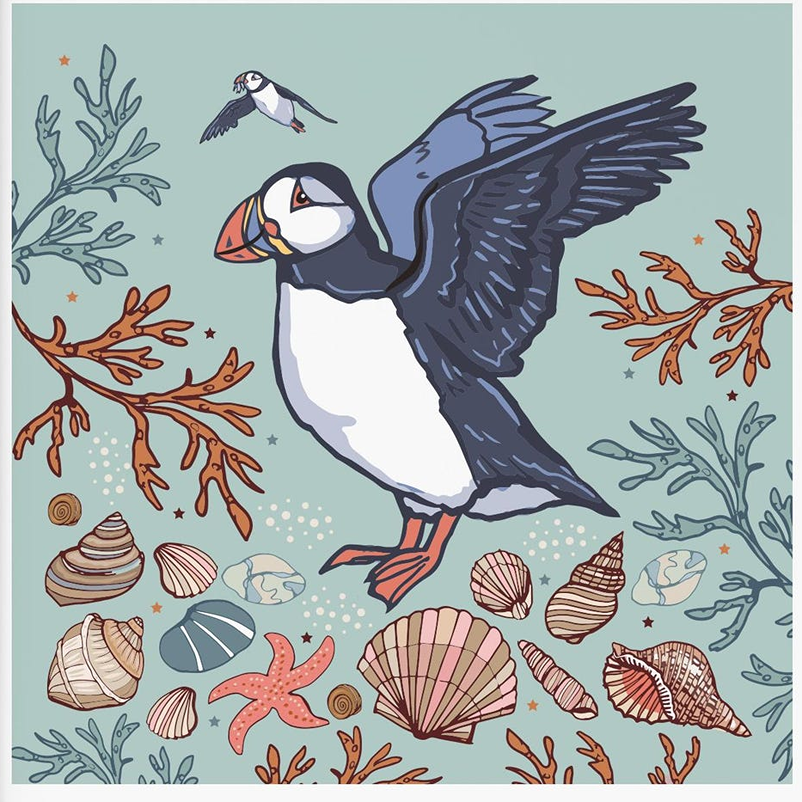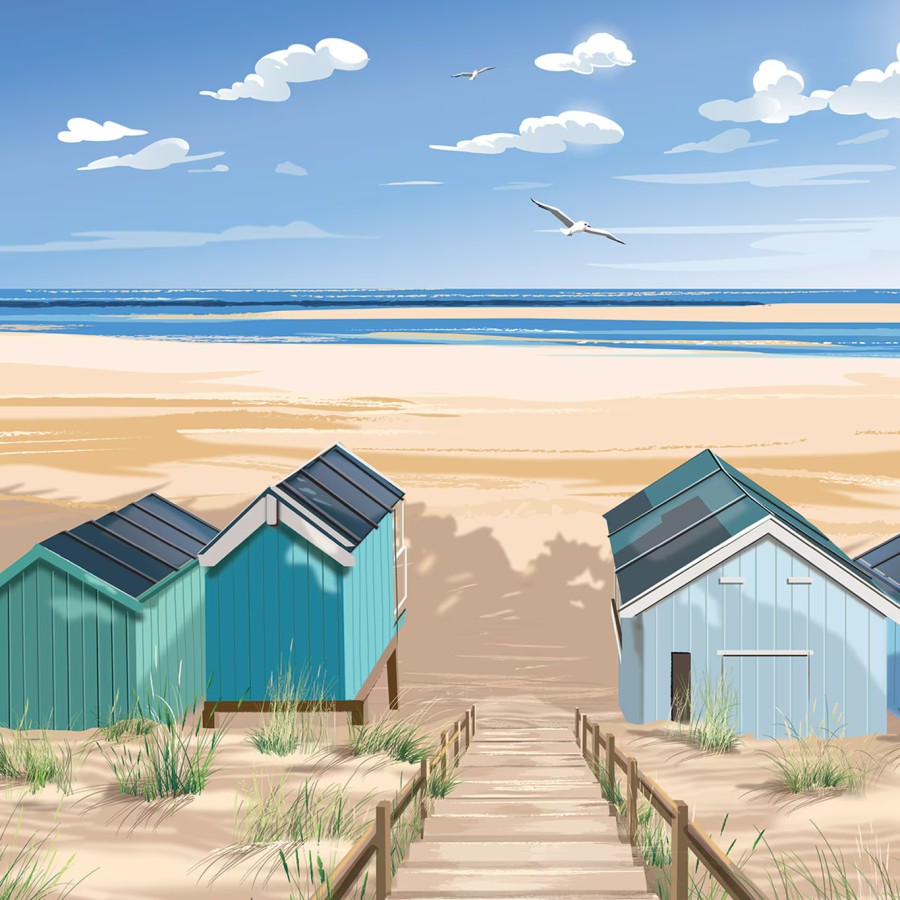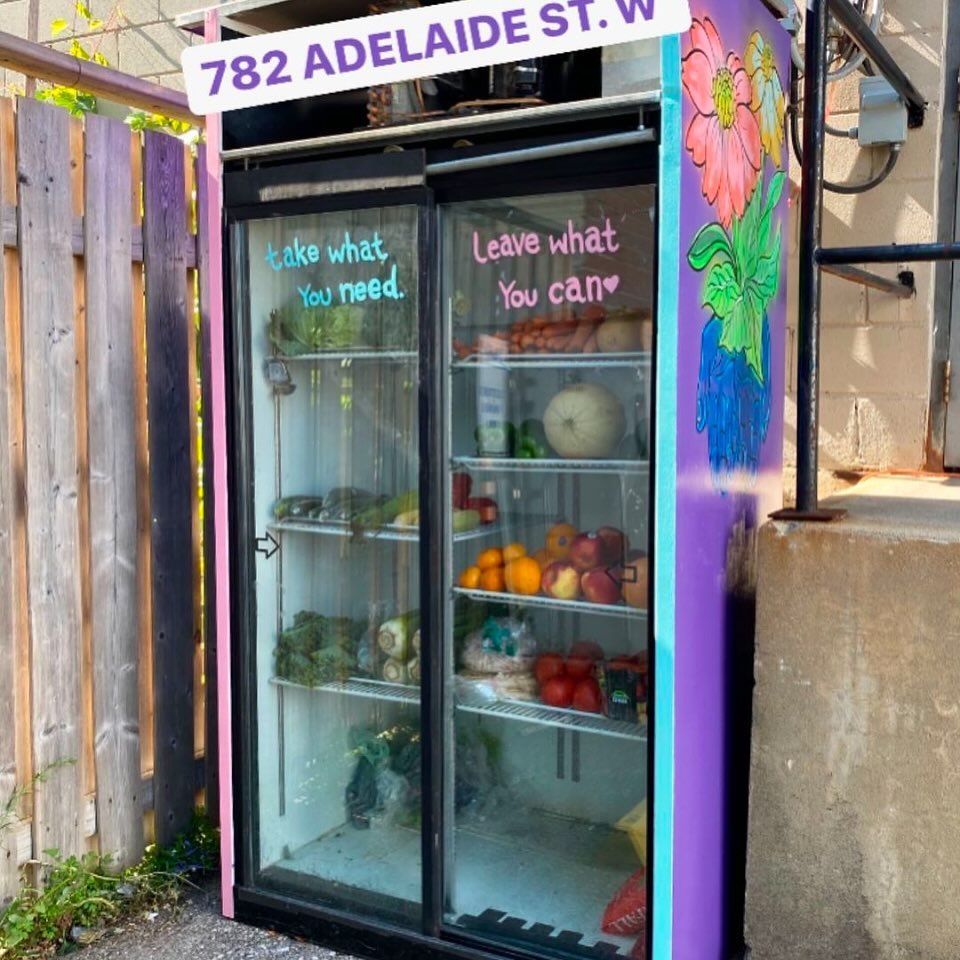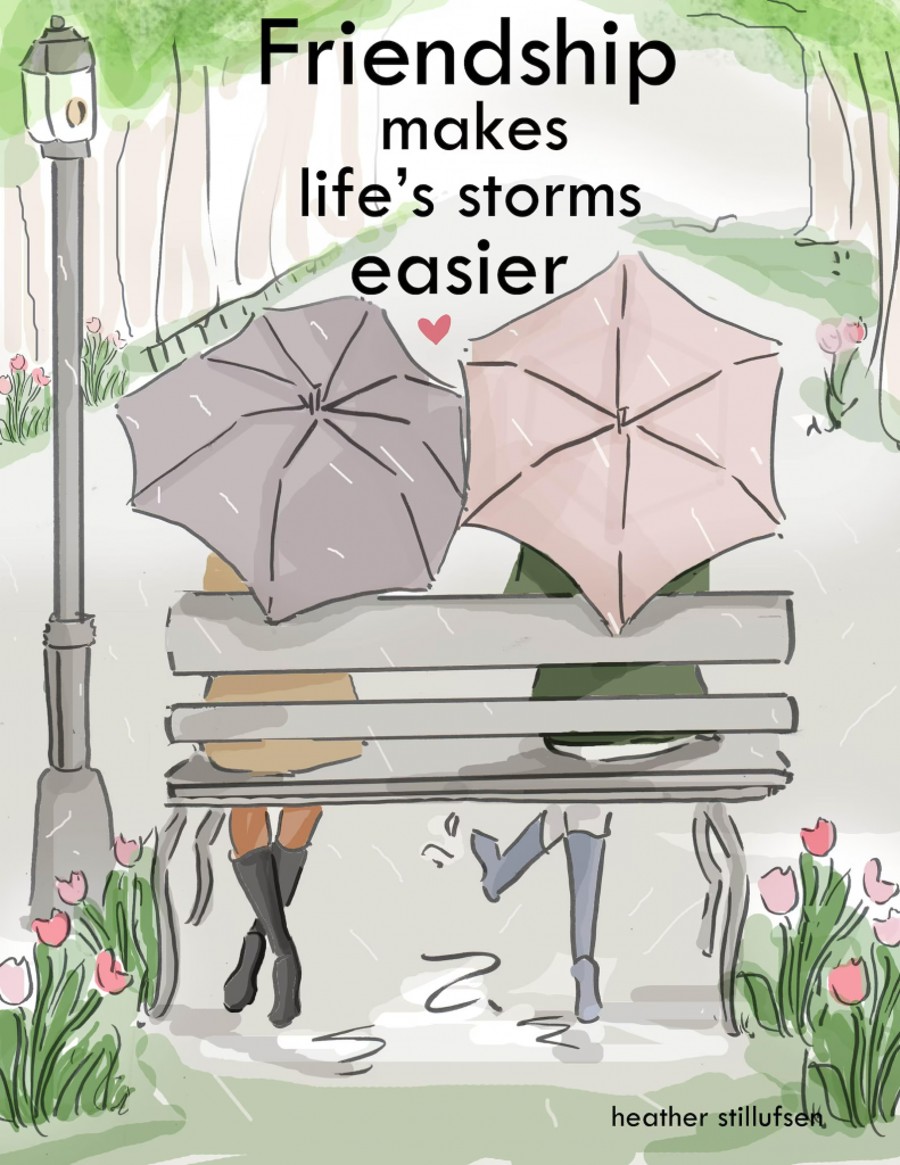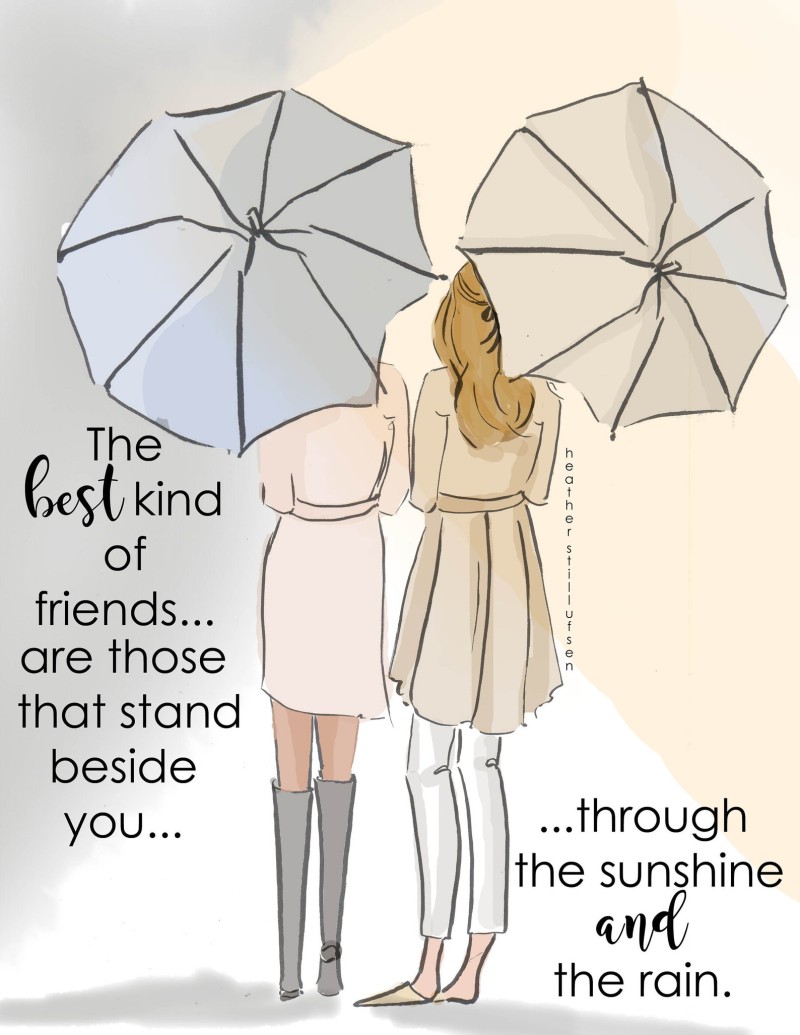Cornwall (seaside, surfing and seals!)

Cornwall is a fairly small county on the tip of southwest England, and surprisingly one of its less affluent as one of the only incomes these days is tourism. This has led to an influx of empty second-homes, pricing out property for local people.
If out walking, always follow the Countryside Code. If by the coast, read our post on keeping dogs safe by the seaside.
Truro is a Georgian city, just 9 miles from the sea. Its name means ‘three rivers’ (named after the rivers Truro, Kenwyn and Allen).
Many places in Truro are named after the Lemon family, who had great political clout. Sir William Lemon and his family were wealthy landowners.
The Gothic cathedral was designed by architect John Loughborough Pearson, whose son Frank carried on the work, after his father’s death. It has three spires, stained glass windows and carved choir stalls.
Five Acre Nature Reserve (no dogs permitted due to wildlife) is a small but rich patch of green that feels a world away from city buzz. Managed by volunteers, it supports a lively mix of habitats.
Nearby Langarth Garden Village is a new idea on how housing, nature and neighbourhoods can work together. Each cluster of homes sits by parks, shared gardens and play areas, linked by walking paths and wildlife-friendly design.
Tor to Shore is Cornwall’s project to protect the county’s amazing nature and wildlife, with volunteers helping to rewild local areas and promote sustainable farming around Helman Tor, Par River and St Austell Bay.
Local heathland habitats have declined by around 85% in just 150 years, so restoring them can help a range of local birds including cuckoos, yellowhammers, grasshopper warblers & stonechats. Along with helping local willow tits (one of England’s rarest birds) and the rare marsh fritillary butterfly.
Discover the Ancient Standing Stones of Cornwall
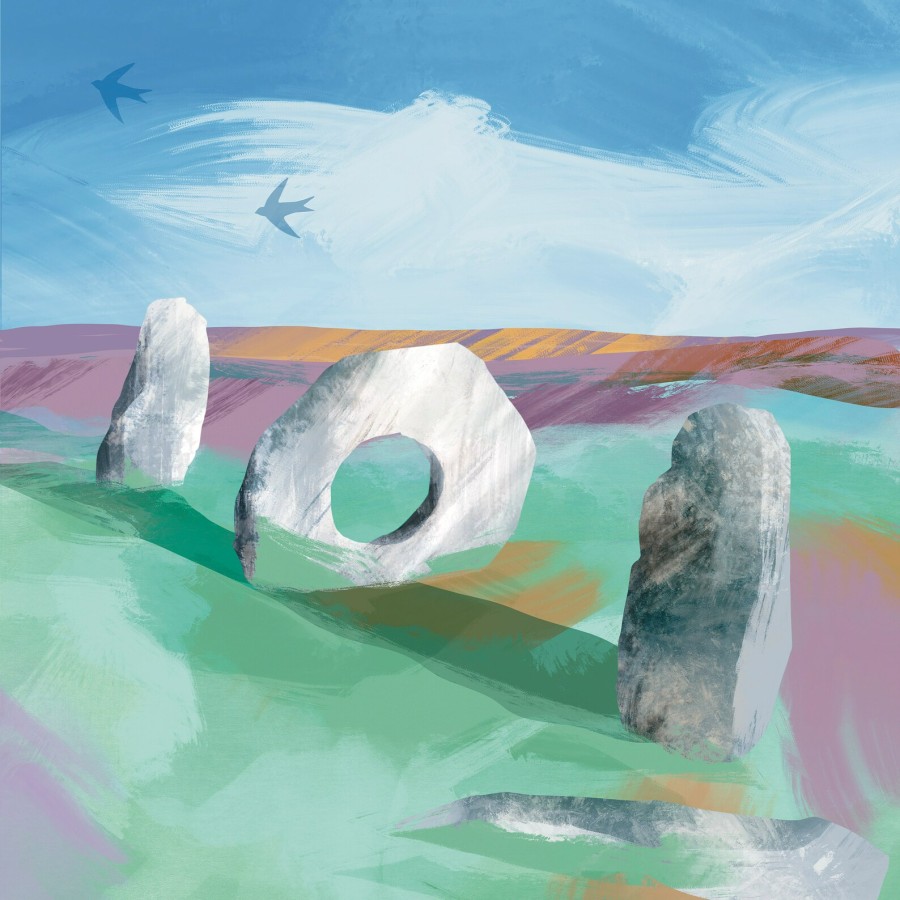
Cornish standing stones (menhirs) are megalithic marvels, each with their own stories to tell. Dating back to the Neolithic and Bronze Age, they vary in size from humble markers to towering monoliths.
Lanyon Quoit is the most photographed of all the standing stones in Cornwall. However, it’s the least authentic, as the original collapsed in storm back in 1815, so it’s kind of a new version! It’s thought that too many people kept digging underneath to find treasure, that possibly never existed!
Typically fashioned from granite or slate, you’ll often find them in groups, forming circles or avenues. Perhaps the local red kites flying above these ancient stones (mostly found in the southwest) are the only ones who know exactly why they were built?
Cornwall’s Warm Climate (good for tropical gardens)
The Lost Gardens of Heligan near St Austell were rediscovered in 1990, after being lost to overgrowth since World War 1. It was even found that the names of gardeners had been etched into the walls, before they went off to serve.
Dogs are allowed in some areas (not the Burma Rope Bridge) but due to lack of shady parking areas, they recommend not visiting these areas.
Similarly, dogs are now allowed in some areas of the nearby Eden Project (the biomes are too hot). Read updated information to know when and what to visit, to avoid leaving dogs in cars.
If planting tropical flowers, read up on pet-friendly gardens. Also know of trees to avoid near horses (including yew, oak and sycamore).
St Ives, Cornwall (named after an Irish Princess)
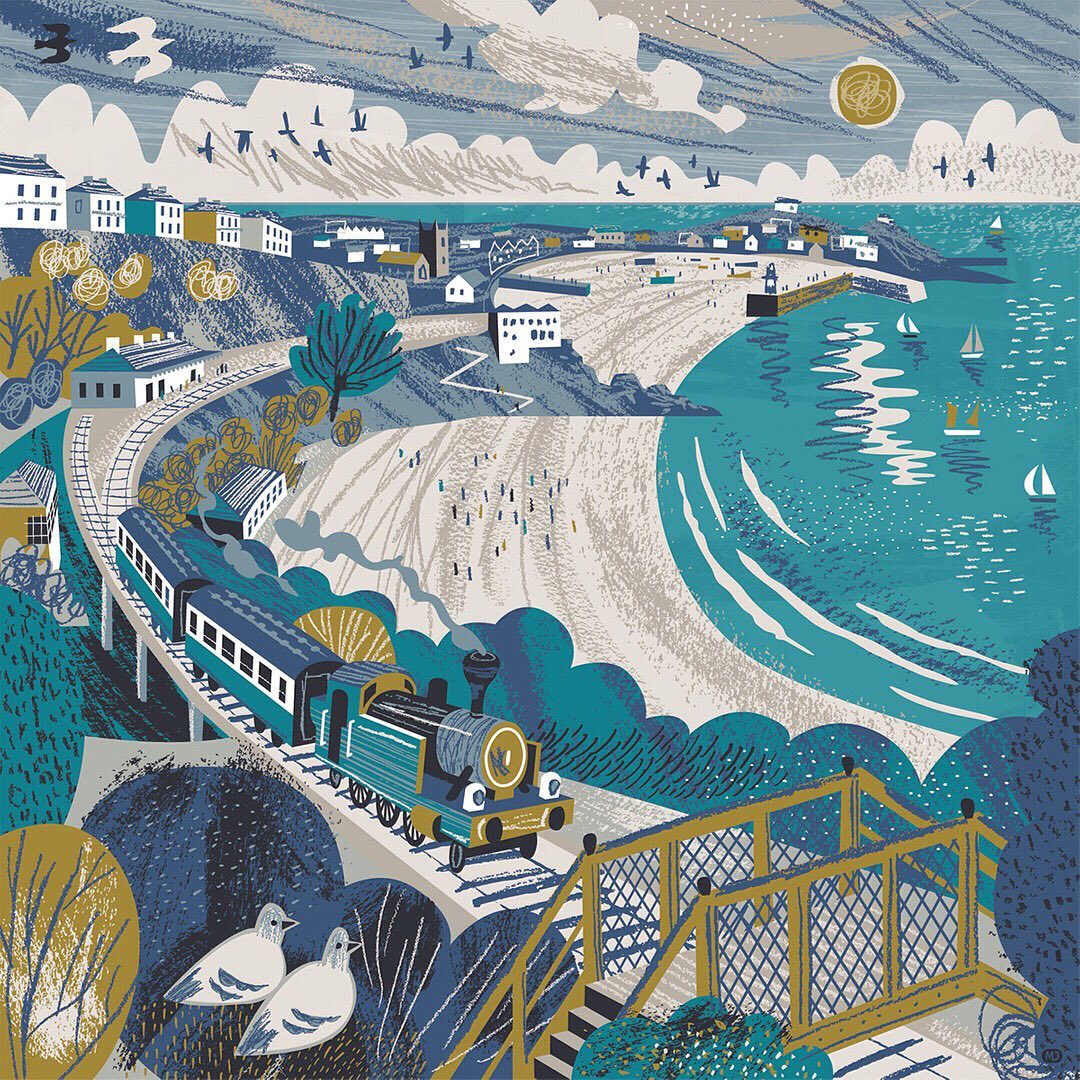
St Ives is one of Cornwall’s most popular holiday destinations, and popular with sustainable surfers and painters (due to its unique light). However, it is one of the towns where so many Londoners have second homes that remain empty most of the year, that it’s pushed property prices up for locals.
St Ives has seasonal dog bans, so check before travel.
The Refill Shop of Ikigai is St Ives’ very own zero waste shop. The name translates as ‘a reason for being, a purpose, a meaningful life’. Just take along your clean containers, and fill up on daily essentials. The shop was founded after the pandemic by vegans, who wished to do something to help the planet.
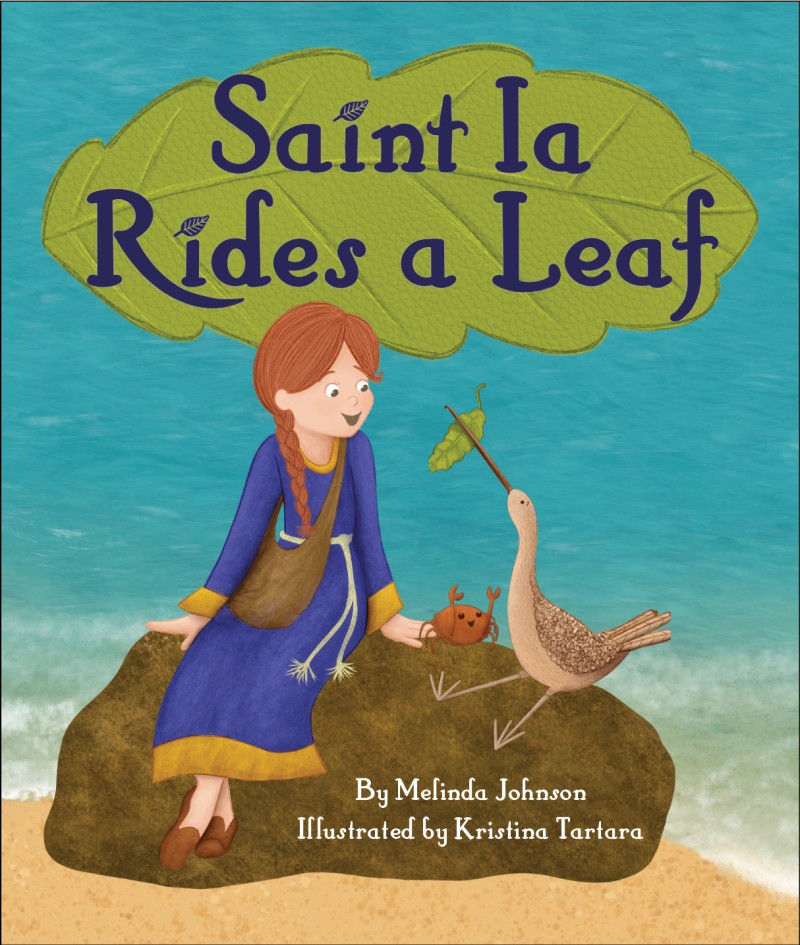
Legend is that St Ives was named after Irish princess Ia. She was planning to visit Cornwall from Ireland with other saints. Finding herself alone, she began to pray. She then noticed a small leaf on the water. She watched it grow bigger. So embarked up on it – and it carried her across the Irish sea to St Ives!
A ‘not for sale’ Ancient Green Door
The ‘green door of St Ives’ is well-known. This old cracked wooden door has peeling paint and is believed to be over 200 years old. But it’s a real symbol of the town, and many people take photographs, on visiting.
The owner was offered an obscene amount of money by the local Tate Gallery to buy it, but it’s not for sale. In fact, the owners had the door listed, so it stays put. He asked ‘Where am I going to find another 207-year old door?’
Home to Many of England’s Seals
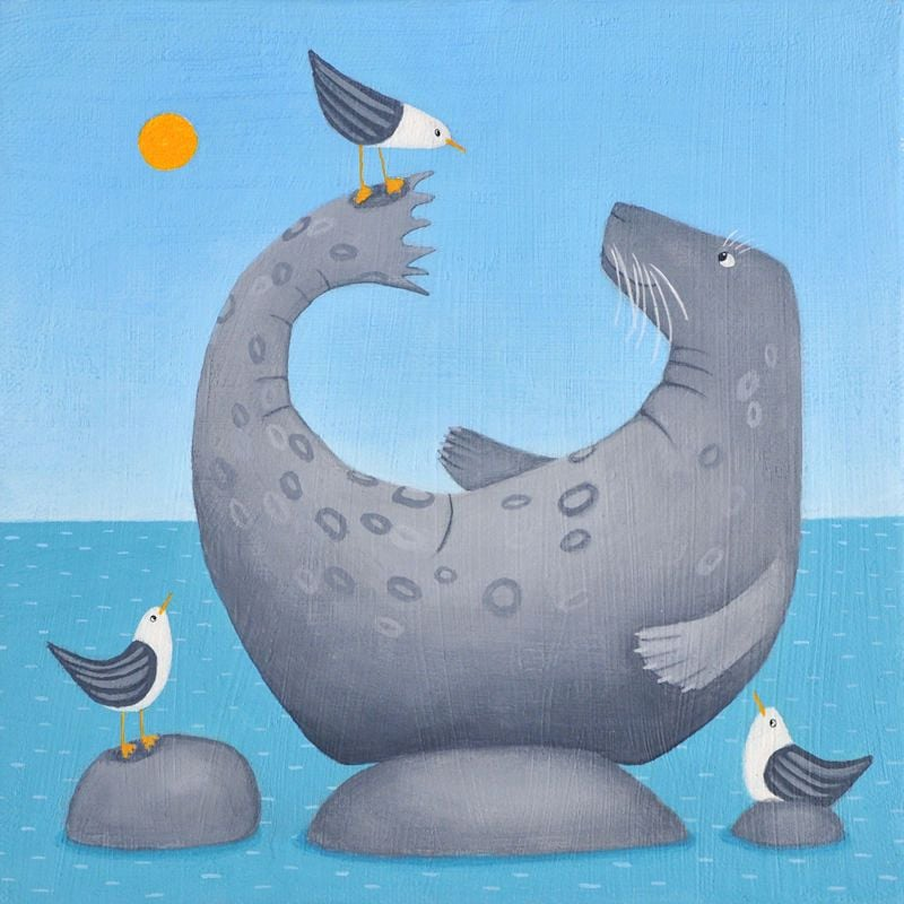
Norfolk is home to many of England’s native seals. There is presently a campaign to ban flying rings. Add your signatures (over 45,000 so far!) If passed, the UK would become the first nation to do so. It’s also good to avoid flying kites, for the same reasons.
Thousands of flying rings are bought and discarded/lost at sea or beaches each year. The aftermath is that curious seals get them stuck around their necks on land or at sea (they start playing with them). One seal was found almost decapitated, but thankfully was rescued and survived.
It’s best to avoid playing with beach toys near seals anyway. If you use them, avoid ones with hollow centre, as these easily trap around seal necks. And choose biodegradable solid ones, in case they get lost at sea.
Bodmin Moor: Wild and Untamed Cornwall
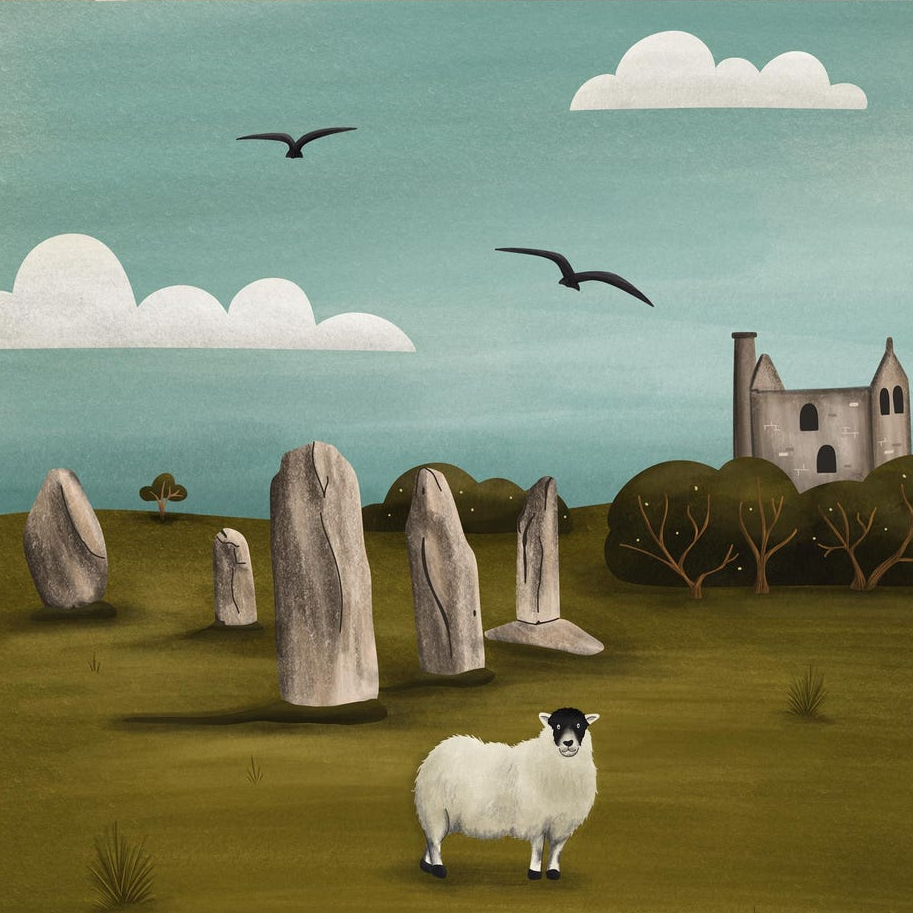
Bodmin Moor is one of Cornwall’s most wild areas, granite tors rising above sweeping grasslands, and wide open spaces with ancient stone circles.
If out walking, dogs must be kept on leads during nesting season and near livestock and wild ponies. Dogs are not allowed inside Bodmin Jail, as the dark space with loud noise could frighten them.
Walking trails cross the moor to landmarks like Brown Willy, Cornwall’s highest point. The historic Jamaica Inn, perched at the heart of the moor, graces many a ghost tale!
Always keep a distance from wild ponies, and never touch or feed them . Bodmin Moor Pony Rehabilitation lists numbers to contact, for any concerns.
Does the Beast of Bodmin Exist?
Just like the Yeti in the Himalayas or the Loch Ness monster in Scotland, for years there have been reports of a large black panther-like cat on Bodmin Moor, but no evidence of its existence. The government launched an official investigation back in 1995, and found no proof, saying that reports of sightings were likely of other animals (perhaps large dogs or deer).
One concern would be the illegal release of an exotic animal. Blue Cross and Born Free both are calling for an urgent review to update the Pet Animals Act 1951, to enforce regulation over the purchase of wild animals (especially due to endangered species and the Internet).
Let’s Visit Plastic-Free Penzance (Cornwall)

Penzance is a little seaside town in west Cornwall (just a few miles from Land’s End). What makes it special is that it is focused on making the community plastic-free, great inspiration for other towns.
Penzance is one of Surfers Against Sewage’s plastic-free communities. Locals get involved in litter clean-ups and volunteer beach cleans, and there is even a business directory of those who use reusable containers.
The town has real greengrocers (remember them?) that turn leftover veggies into soup, and zero waste shops where you take clean empty containers to fill up with dry foods like rice, pasta and lentils. Many shops and restaurants are part of the tap refill water station network.
The Art Deco lido is partly powered by geothermal energy. And the town has pretty parks, where the warm climate helps flowers thrive.
Penzance is where ferries go to Isles of Scilly (a journey takes almost 3 hours). The ferry only operates part of the year (dogs are allowed if under control and on leads). You have to check at least 1 hour before departure.
Let’s Discover The Seaside Resorts of Cornwall
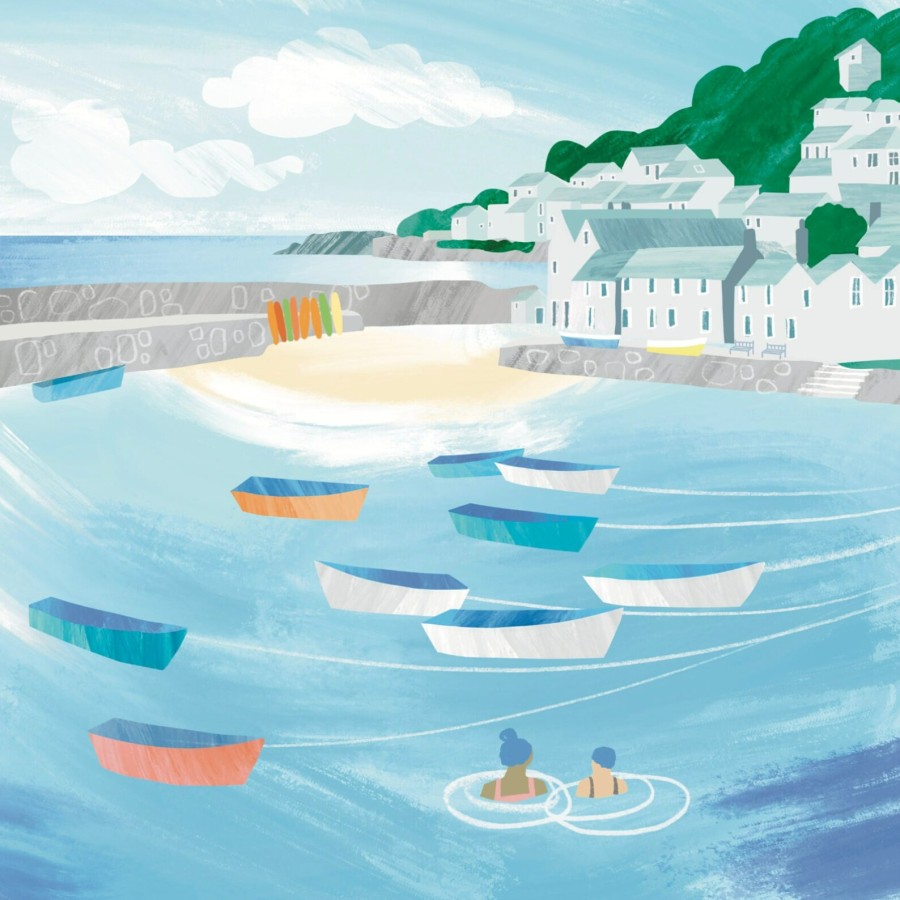
Mousehole, Gill Wild
Cornwall is quite a small county, but is home to quite a few pretty seaside resorts. Let’s discover a few, if you are planning a trip to England’s most south-westerly county.
Many of these seaside resorts have seasonal restrictions on dogs (Mousehole Harbour also does not allow dogs).
- Mousehole (‘mowzel’) is a charming village a few miles from Penzance, with narrow streets that twist between centuries-old cottages. Nearby was home to Dolly Pentreath, Cornwall’s last native Cornish speaker. St Clement’s Isle is a tiny outcrop, where a hermit once lived.
- Fowey (pronounced ‘foy’) is a pretty place on the banks of a deep river. Known for its community of sustainable sailors, it has pastel cottages, literary links and a peaceful charm.
- Newquay is a top spot for sustainable surfing (mankinis are banned!). Nearby Towan Island is a small rocky place connected to the mainland by a private narrow suspension bridge, with a single house perched on top!
- Falmouth blends maritime history with modern style. The deep harbour once hosted tall ships, and now yachts bob beside boats. The area’s mild climate fosters lush gardens and palm trees.
- Padstow is a pretty town with cobbled streets, leading to the harbour. The Camel Trail offers a scenic riverside cycle to Wadebridge. Nearby, sheltered beaches and wild headlands make for scenic walks.
- Looe is an ancient port town with a sandy beach, split it two by an old stone bridge (West Looe is more peaceful). Nearby Looe Island has rare plants and nesting seabirds, run by Cornwall Wildlife Trust.
- Perranporth offers three miles of sandy beach, with rock arches and caves to explore. Nearby dunes are home to rare plants and butterflies. Keep to designated paths, to avoid disturbing nesting birds and wildlife.
- Bude lies close to the Cornish-Devon border with two large beaches. The town centre has a friendly, down-to-earth feel, with independent shops and cosy tearooms.
- St Mawes looks across the Fal Estuary. The castle anchors the water’s edge, and quiet waterside walks invite an afternoon spent tracing Cornwall’s slower side.
- Polzeath is known for its surf, the wide beach backed by grassy dunes. Footpaths along the cliffs lead to Daymer Bay and the scenic Camel Estuary. In summer, dolphins often play in the bay.
- Mevagissey is a picture-perfect village with tight lanes and a double harbour. Watch the boats come and go. Colourful houses hug the cliffs and shops sell local art.
Extraordinary Encounters with Cornwall’s Wildlife
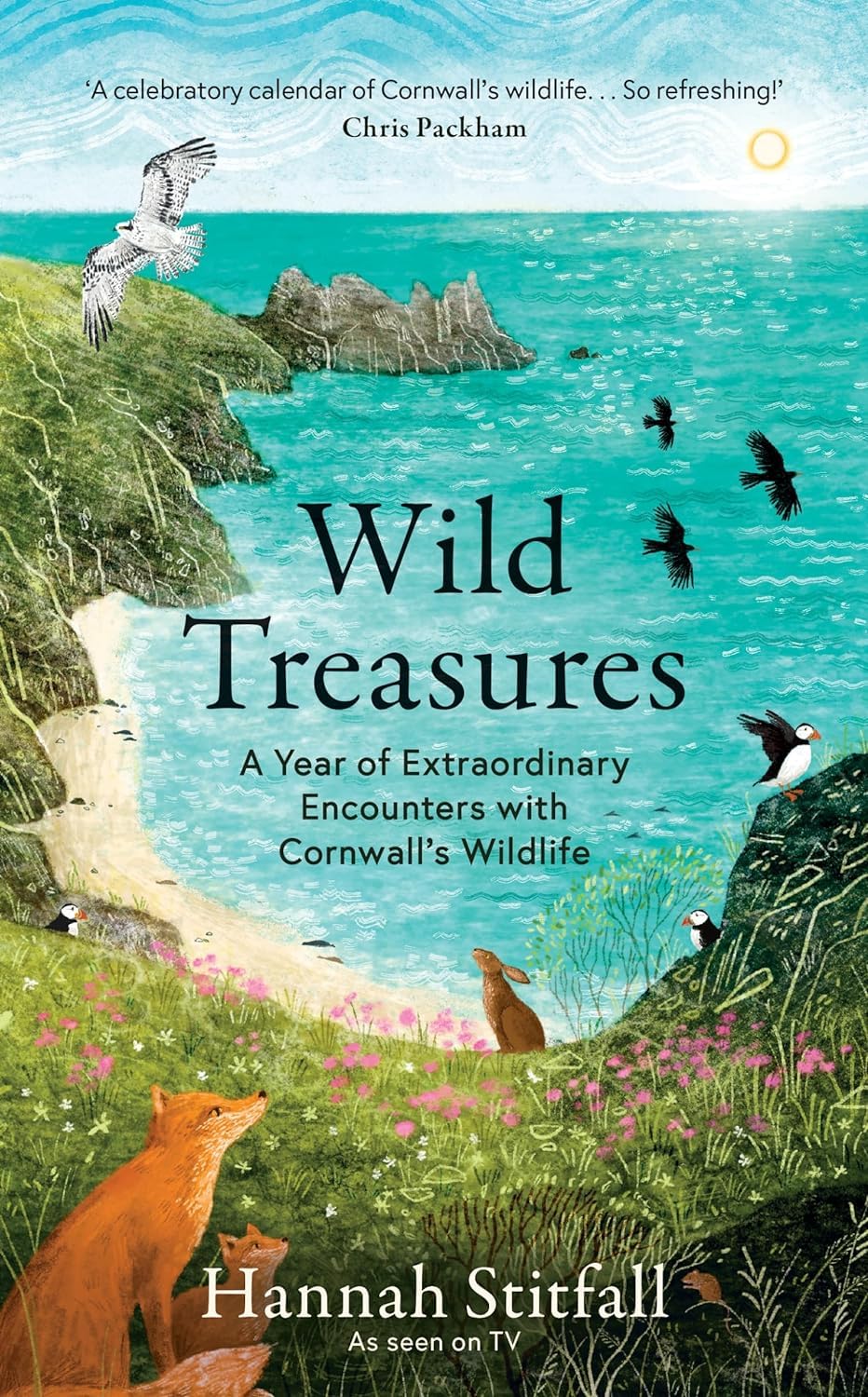
Wild Treasures is a beautiful and charming introduction to creatures and plants that can be enjoyed for anyone living or visiting Cornwall.
Hannah regularly gets up in the early hours, to catch sight Cornwall’s hidden wildlife. She will spend hours on end, waiting for a creature to appear among a hedgerow, scurrying across Cornwall’s open fields, or taking flight across its towering cliffs and sandy beaches.
In these brief moments, she is able to see and capture animal behaviour, that the general public rarely get to witness. In this book, Hannah shares her incredible stories, beautiful photographs and often funny meetings with Cornwall’s wildlife, through the course of a year.
From brown hare in the spring grass, watching an otter cub hunt in winter wetlands to witnessing the unique bioluminscence of a glow-worm in summer, this is a remarkable diary, informative guide and joyous celebration, or England’s wonderful creatures.
Hannah Stitfall is a TV presenter and wildlife expert, who leads her own seasonal wildlife-watching safaris in Cornwall. She’s a regular digital presenter on BBC Springwatch and Winterwatch.
I love the changing seasons. An old oak sheds its acorns on the forest floor, while wildflowers begin to bloom in early spring. We follow the clock of the natural world. The wildlife know this too.
The chiffchaff and the cuckoo are the first to announce the spring season as they welcome it in with their song. And the grey seal pupping season (coupled with the arrival of redwings) signify the return of the autumn and winter months.
Choughs: Meet Cornwall’s ‘National’ Bird!
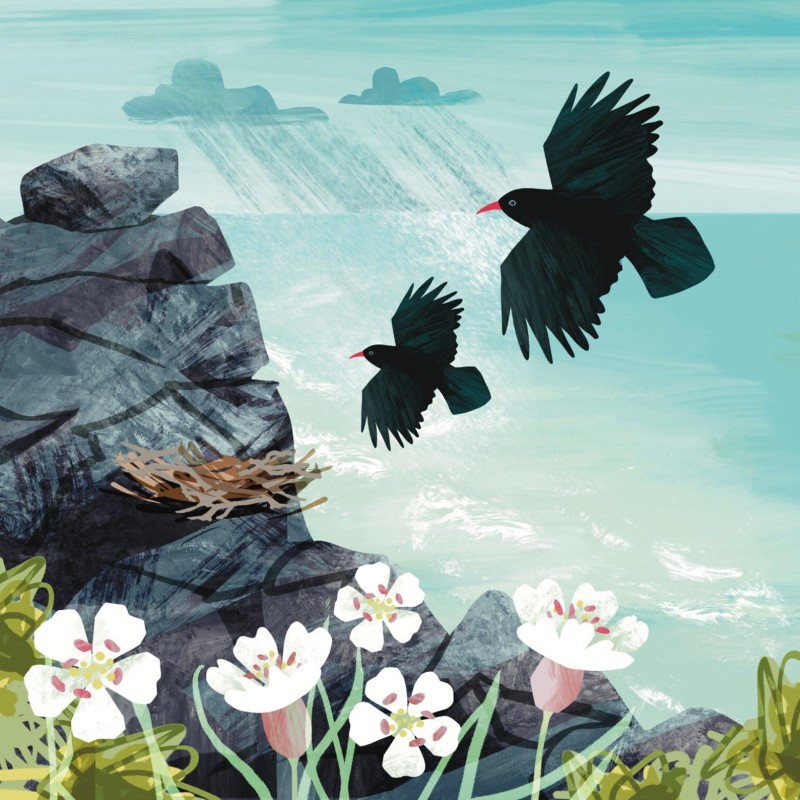
Choughs are unique crows with red beaks and legs. Previously endangered, these birds are now thriving thanks to conservation efforts, and are found in Cornwall, as well as Scotland, Wales and Ireland.
These birds use their long bills to eat beetle larvae and leatherjackets. They have a loud ‘chee-ow’ song, and are mostly found on cliff faces and rock ledges, but also nest in empty buildings.
Keep at least 50 metres away from coastal birds (if they fly away, this wastes energy that could be spent feeding).

Known for their dramatic dives and swoops, choughs are monogamous and pair up in bonds that last for life. They are also very faithful to nesting sites, often returning to the same cliffs each year.
Unique (mostly unknown) Islands of Cornwall
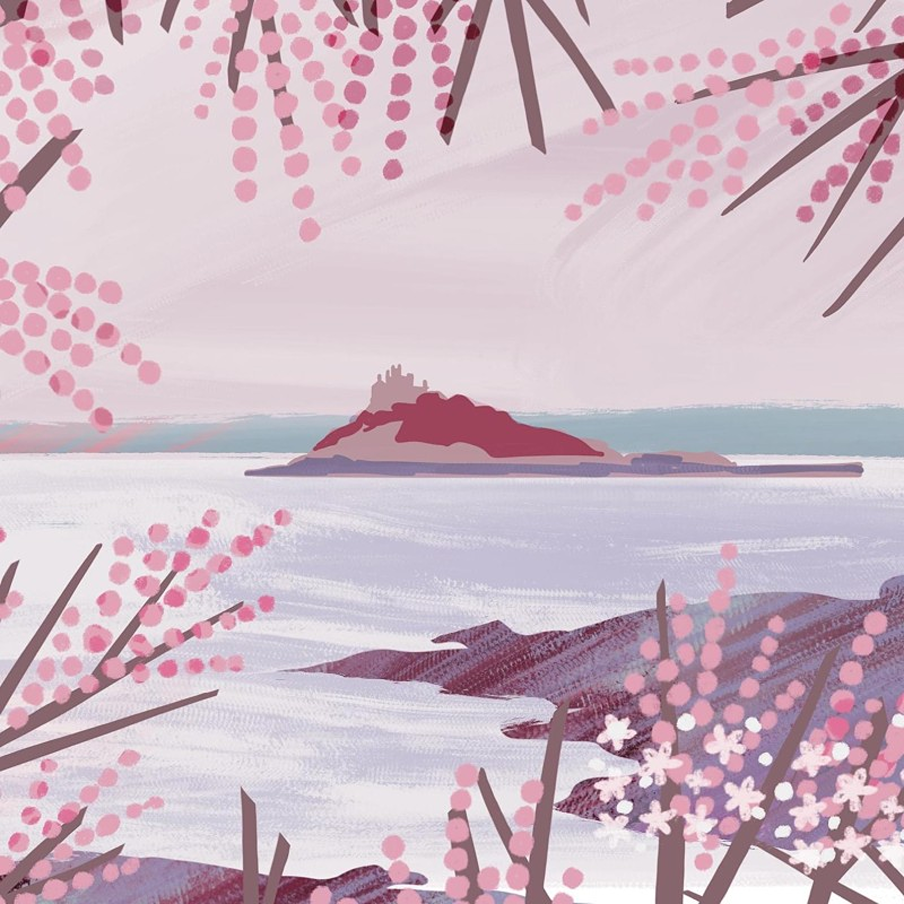
Cornwall is quite a small county, but has quite a few islands off its wild coast. Let’s meet a few of Cornwall’s (mostly unknown) islands.
Many islands don’t allow dogs (St Michael’s Mount for instance does not allow them in warm weather for their safety, due to lack of shady areas). Many island have no lifeguards and beaches that disappear at high tide.
- St Michael’s Mount is a tidal island that rises from the sea, off the coast of Marazion. It offers centuries of history, sweeping views, and timeworn legends. Locals claim a giant called Cormoran once stalked the island. Others speak of the Archangel Michael appearing to fishermen in the 5th century, giving the island its name!
- St Clement’s Isle is a tiny tiny rocky outcrop off the village of Mousehole, is a peaceful spot best viewed from the harbour. It’s uninhabited today, but old stories say a hermit once lived here.
- Looe Island lies just off the coast of Looe town. Wildlife thrives here, from rare plants to nesting seabirds. The island is a marine nature reserve, packed with history.
- Godrevy Island sits at the end of St Ives Bay. Its lighthouse is a standout sight, warning ships away from dangerous rocks since the 19th century.
- Mullion Island sits just off the Lizard Peninsula. It’s a key spot for seabirds like cormorants and gulls, which nest here in large numbers. The National Trust cares for the island, keeping it wild and undisturbed.
- Asparagus Island in Kynance Cove takes its name from the wild asparagus that grows on its slopes. The island’s caves and rock pools attract explorers at low tide. Only reachable by foot at right tides. Read our post on tidal causeways and quicksand.
- Eddystone Rocks is a ‘group of rocks’, a kind of mini-island, rising from the sea off Rame Head, with a lighthouse. Four different towers have stood here since the 1600s, guarding one of England’s busiest shipping lanes.
Pentire Drinks (coastal botanical drinks from Cornwall)
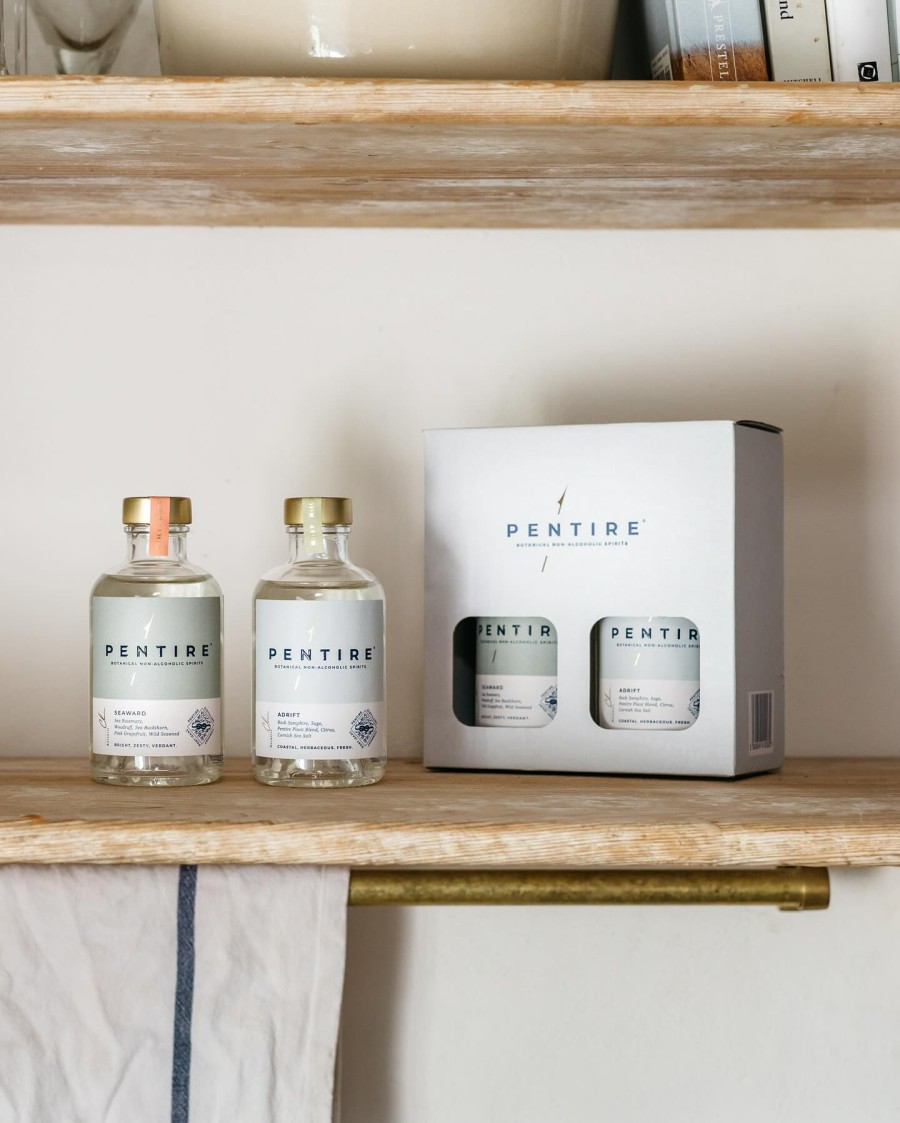
Pentire Drinks is an amazing company that makes beautiful botanical drinks (with no alcohol) on the Cornish coast. All the drinks from this company are vegan and gluten-free. The drinks are sold in easy-to-recycle bottles or cans.
Due to quinine, avoid tonic water for pregnancy/nursing and certain medical conditions (liver failure, blood thinners, antibiotics and anti-depressants). Avoid grapefruit and rhubarb tonic waters, if on certain medications (check paper inserts).
For cans, just pop the ring-pulls back over the can before recycling, to avoid wildlife getting trapped.
The Cornish coast has a unique climate, soil and air moisture, meaning key botanicals thrive here. Everything is sustainably-sourced and uses Fair Trade organic ingredients, sold in sustainable packaging. The botanicals are even rich in vitamins.
The company also donates to Blue Marine Foundation to help protect the world’s oceans. Everything is also made locally with seasonal ingredients, a wonderful way to support local agriculture, and keep jobs in communities.
There are three drinks in the range:
- Pentire Adrift is made from unique coastal plants with a fresh herby taste. Contains rock samphire, sage, lemon citrus and Cornish sea salt. Serve with light tonic, and a slice of lemon peel or sprig of rosemary.
- Pentire Seaward is a refreshing blend of sea rosemary, woodruff, sea buckthorn, wild seaweed and pink grapefruit. Serve with ice in a high glass, top with light tonic and garnish with a slice of grapefruit.
- Pentire Coastal Spritz contains natural bitter taste with coastal tones, blending the botanics with blood orange, sea rosemary and oakwood. Serve with soda or light tonic, and garnish with a wedge of orange and/or bay leaf. A nice local alternative to Italian negroni.
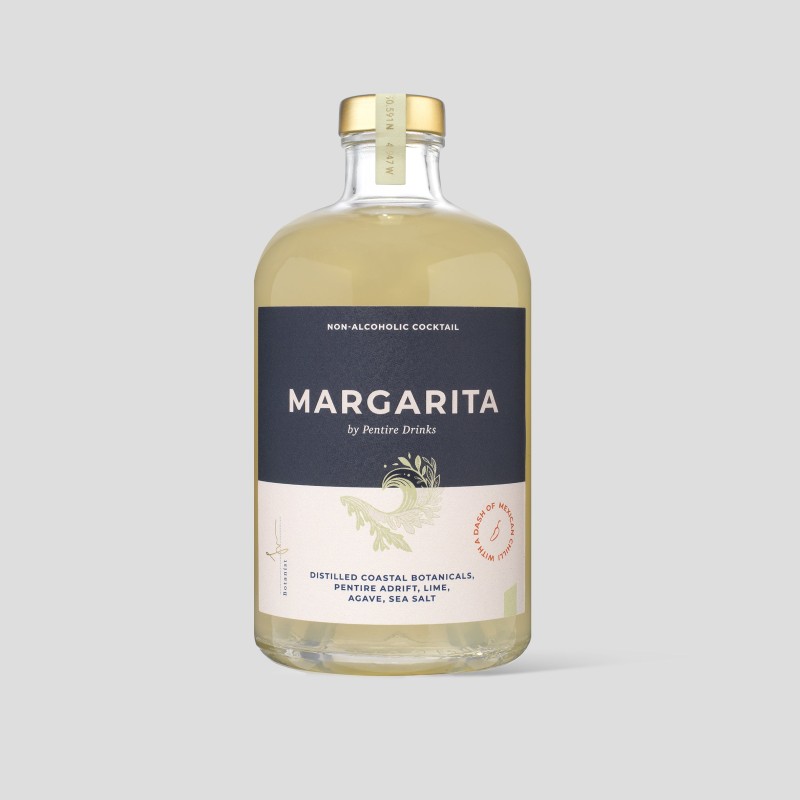
Pentire Margarita is a unique no-boozy tipple from the Cornish coast. Traditional margarita is made with tequila spirit from Mexico (it doesn’t have a ‘worm in the bottle’ but its cousin mezcal may do).
The margarita is sweetened with organic agave syrup, rather than sugar. Sold in bottles to serve 2 or 5 people, this contains lime, sea salt and a dash of Mexican chilli, for a fresh zingy ready-to-drink no-alcohol cocktail. To serve, pour 100ml into a rocks glass over ice, then garnish with a lime wedge and slice of chilli. Also sold in easy-to-recycle cans.
